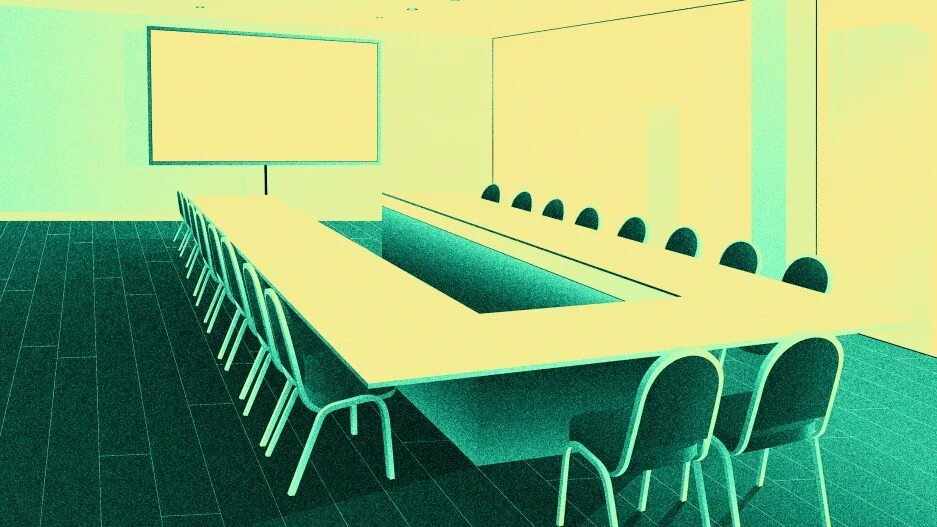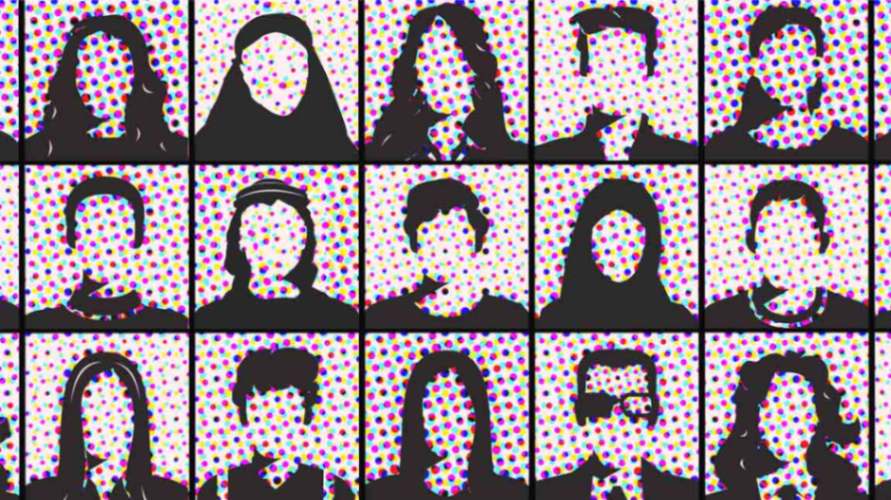- | 8:00 am
What oddly shaped conference room tables tell us about the future of work
Despite the protestations of many CEOs, remote and hybrid work are here to stay.

Odds are that conference room tables don’t excite you. When I was doing research for my book, The Nine: The Tectonic Forces Reshaping the Workplace, however, an oddly shaped conference room table piqued my interest. I’d argue that such a table can help us understand, and prepare for, new ways of working in the future.
Few would ever call Cisco, the digital communications technology conglomerate, sexy. John Chambers, the former executive chairman and CEO, once said that his company made the plumbing behind the internet. Routers, modems, switches, and other types of hardware didn’t fit anyone’s definition of cool. Make no mistake, though: Email, websites, and Wi-Fi wouldn’t work without products like the ones that Cisco makes.
With technology embedded in Cisco’s DNA, it should be no surprise that its new Manhattan office is flat-out loaded with the latest tchotchkes. The 59,000-square-foot space at 1 Penn Plaza serves as both a showcase for the company’s products and its vision for the future of work. (Spoiler alert: It’s hybrid.)
The old layout dedicated 70% of its space to cubicles and individual workstations; the other 30% went to group-based collaboration. The revamped one inverts those numbers. Why come into the office when you’re primarily coding, checking your email, or doing other types of non-collaborative work?
Cisco has also installed cameras everywhere; the company knows the current floor occupancy at any given time. Employees’ mobile devices and Cisco’s wireless access points allow managers to know where “anonymized” employees and visitors are. The lack of permanent employee desks and offices makes tracking this data especially important. Workers would be justifiably annoyed if they commuted to the office for a meeting only to find that there’s no space for them to hold it.
Late last year, a Wall Street Journal profile provided some intriguing details about Cisco’s Manhattan location, where 1,700 employees are assigned. Cisco chronically collects 5,000 individual data points at a time. Its tech also tracks the number of meeting participants and people in a given room. Sensors capture air quality, temperature, and humidity.
“With hybrid here to say, we’re seeing so much more emphasis on amenity spaces [and] collaboration spaces,” Juliette Poussot, design director at Gensler, tells the Journal. “People are coming in to be with other people [to do] the things they can’t do when working at home.
Cisco’s senior leadership is determined to prevent remote and hybrid workers from becoming second-class citizens. Mark Miller, a workplace technology strategist at the company, describes this approach to combat proximity bias as “digital equality.”
It starts with simple things, like the shape of conference room tables. Rectangular tables often make it difficult for virtual meeting participants to see others, and vice versa.
Here is a schematic of Cisco’s conference table solution that I include in my book:
Employees who dial in to remote meetings can easily see in-person attendees—and vice versa. The angle of the table is designed to be captured by cameras in the front of the room—and to make sure all members have a clear view of the front screen. Plus, microphones are strategically placed to capture the voices of in-person attendees. Even the matte finish of the table is designed to help reflect light onto the faces of those physically present.
Cisco is hardly alone in going all-in on the hybrid future of work—and designing its offices accordingly. For instance, no one would ever confuse the newly redesigned offices of Adobe, Marriott, and Amazon with their parents’ cubicle farms.
High-tech makeovers like these may not be able to fully eliminate proximity bias or other thorny problems inherent in remote and hybrid work. However, as companies redesign their spaces, many are asking two important questions:
- Has the new layout significantly improved the experience for remote and hybrid workers?
- Are these changes setting the stage for future improvements and successful experiments?
Redesigned corporate headquarters are frequently smaller, more modern, more configurable, and—thanks to new tech—far more accessible and equitable to remote and hybrid workers.
Despite the protestations of many CEOs, remote and hybrid work are here to stay. Employees appreciate the flexibility and freedom too much to forgo it. Surveys routinely show that workers are willing to die on this hill.
Making asynchronous work actually work isn’t easy. It involves more than leaders spouting vacuous platitudes like “Our employees are our most important asset.” New technologies are necessary, but not sufficient. Reimagining even ostensibly mundane details in the workplace minimizes the disconnect between virtual employees and their in-person counterparts.
Physical dispersion is a powerful and immutable force. To minimize the challenges associated with it, it’s essential to make thoughtful choices about the spaces we work in—even the shapes of the tables we sit at.







































